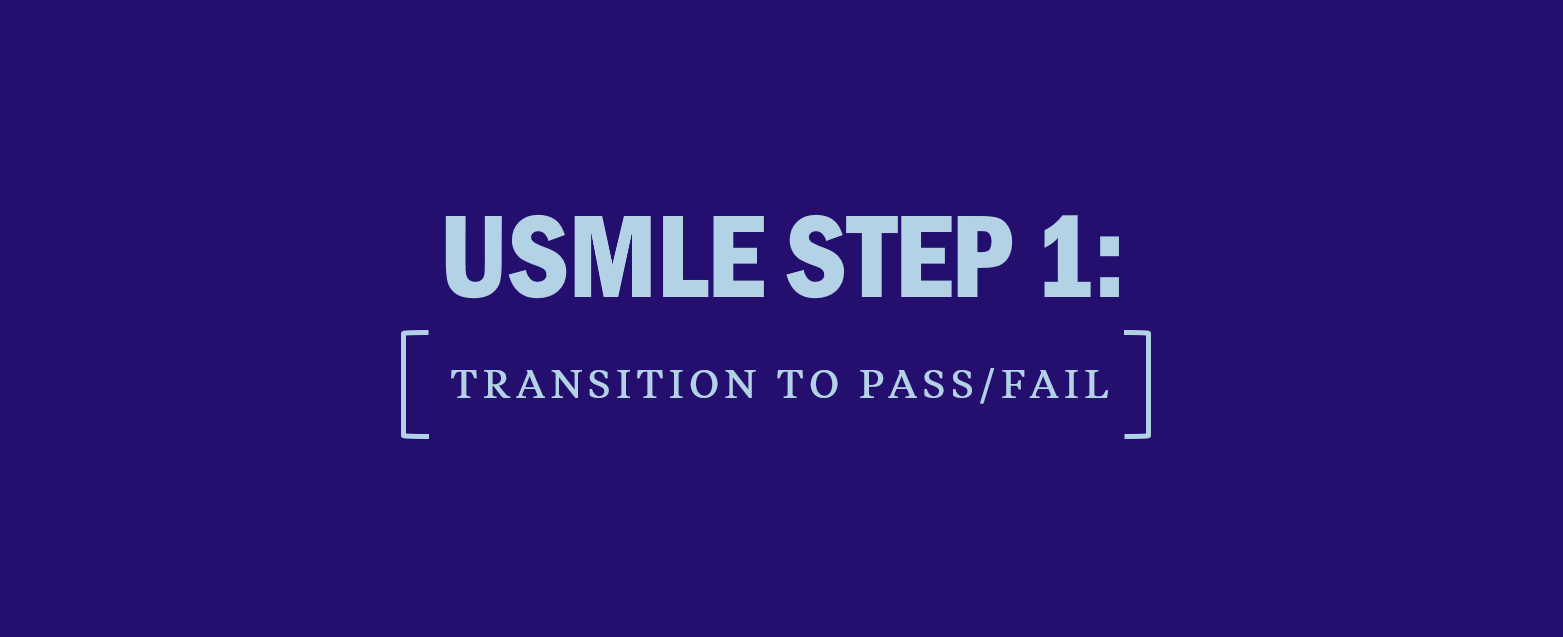A Typical Week for First-Year Medical Students
Hear from med student, Kevin Yang, about what an average week for a first year med student looks like.
As an incoming student rep, I have the pleasure of contacting the incoming class of medical students. After their initial elation, they pose a myriad of questions. The most popular of those questions: “What is life like in medical school? Like, what does a normal week look like for you?”
Since these questions come up quite frequently, I figured I’d break it down for you. So, my friends, here’s what a typical week looks like for first-year medical students:
[ Read Next: First-Year Medical School Student (M1) Guide ]
Much like working people Mondays, or any-other-type-of-school Mondays, these tend to be decently rough for medical students. Usually, you’ll start with lecture from 8-10 am, followed by lab (histology or anatomy) or small groups (usually team based learning) from 10-12 pm. Also, our block exams almost invariably land on Mondays, resulting in a sometimes extra-rough start to the week. On these days, our 8-10 am final exam is immediately followed by a two-hour lecture of the next block. Ouch.
At the beginning of the year, Monday evenings were prime time to cash in on the student discount at our local rock climbing gym. However, I’ve become more involved in the student-run free clinic, and now I work as a manager of the downtown site from 5-10pm each week. After that, it’s time for tacos at one of many hole-in-the-wall Mexican spots, then straight home and straight into bed.
Tuesday
Unlike Mondays, Tuesdays aren’t typically a go-all-day affair. 8-10 am is lecture time, followed by day one of our weekly problem-based learning (PBL) case. This consists of attempting to diagnose a hypothetical patient based on provided signs, symptoms, and labs, and concludes with the assignment of look-ups based on the case. My Tuesday commitments end promptly at lunch, and sometime over the course of the afternoon I catch up on the week’s lectures and complete my PBL lookup.
Wednesday
Mid-week mornings start the same way as every other day, with lecture and small group or lab occupying the 8-12 pm time slot. The only wrinkle that Wednesday presents is that every other week, we meet for Practice of Medicine (POM) sessions from 1-5 pm. In these groups, led by a dynamic psychologist and physician duo, we learn patient interviewing techniques and practice our physical exam skills.
If we happen to get out of POM early, it makes for a prime opportunity to get in a nice sunset beach run; I’m decently caught up on the week’s academics, and my brain usually isn’t functioning at 100% after eight hours of class. After that, evenings are spent, as you could probably guess, studying!
Thursday
You’ve probably figured out the morning pattern, but here it goes again. Thursday mornings start with lecture followed by lab/small groups ending at noon. During non-POM weeks, I visit my Ambulatory Care Apprenticeship from 1- 6pm. There, I have a chance to practice my fledgling physical exam skills and work on resecting the awkward from my patient interviews under the guidance of a primary care physician. On Thursday nights, we study.
Friday
Hallelujah! Almost there! 8-10 am is lecture time, followed by day two of PBL. On day two, we each give short presentations of our lookups, covering topics from disease etiology to physicians’ legal rights and obligations. If there’s at least another week until our next test, Fridays are great for letting off steam at the beach, going for a run, grabbing drinks at a local bar, or vegging in the couch.
If it’s a pretest weekend, you can find me in our library or medical education building for the better part of 12 hours. If not, my weekends end up being surprisingly normal. Brunches, beach runs, and low-intensity catch-up studying dominate my two days off of campus.
There you have it, a week in the life of first-year medical students. Despite our relatively few in-class hours, medical school does take up a frighteningly large proportion of your time. That being said, between studying (about 30-40 hours per week), class, and clinical work, there are little pockets of completely free time to be discovered and treasured. It’s arduous, but it’s what we signed up for, and the lifelong benefits are well worth the temporary efforts.



